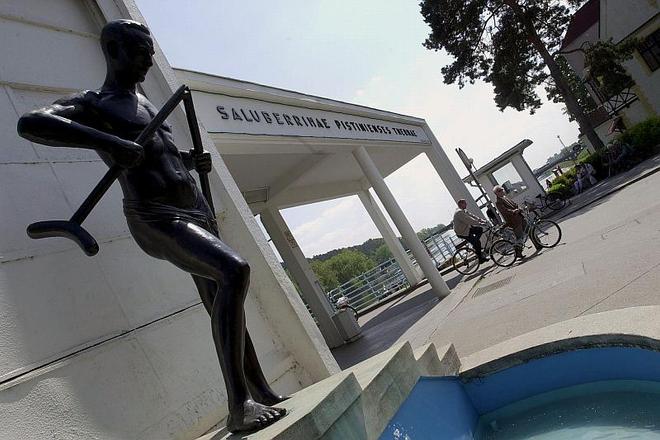THIS YEAR’S Summer Study of Esperanto (Somera Esperanto Studado, SES) took place between July 2 and July 9 in the western Slovak town of Piešťany. It was the fourth time that devotees and learners of this global language have met in Slovakia. Participants had the opportunity – apart from everyday lessons in Esperanto – to take part in creative workshops, to listen to lectures and concerts, and to interact with other users of the web portal that teaches Esperanto, www.lernu.net, which has attracted fans from 30 countries.
“Probably the most people came from Poland, others were from Slovakia, Germany, Spain, and France, but there were also participants from the US, Canada, and China,” Peter Baláž, one of the event organizers, told the TASR newswire. He added that in cooperation with the International League of Visually Impaired Esperantists, lessons for blind and visually impaired people were also offered. Moreover, a project called 55+ has been started with the aim to prepare teachers of Esperanto for the so-called Universities of the Third Age for older people.
Interested persons could also take tests during the programme based on the Joint European Framework for Languages. A special joint seminar led by experts from the International League of Esperanto Teachers was also organised.
“The event is very good for beginners. Their group was led by Stanislav Marček from Martin, author of textbooks for Esperanto using a direct methodology which has so far been translated into 26 languages,” Baláž stated.
Currently, about two million people speak Esperanto, an artificial international language developed toward the end of the 19th century. The constructed language is marked by being easy to learn – in six months one can acquire a good level of communication – and by simple and precise grammar rules without any exceptions. The first book describing the fundamentals of Esperanto was written by Polish physician Ľudovít L. Zamenhof in 1887 under the pseudonym Doktoro Esperanto .



 Mi bezon-as novan lambastonon. (source: TASR)
Mi bezon-as novan lambastonon. (source: TASR)